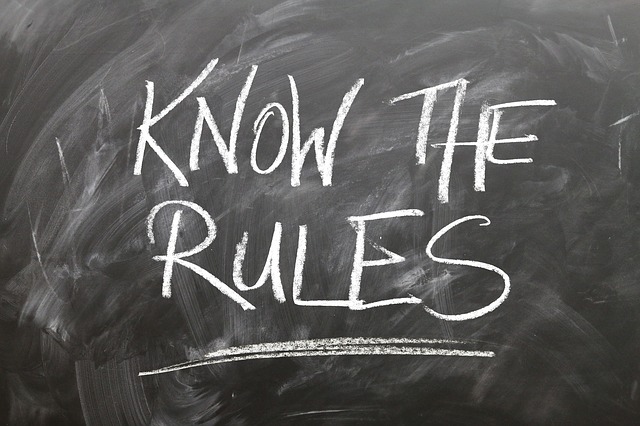
With more brands looking to experiential marketing, it’s apparent that this marketing strategy isn’t just a fad. On the contrary, it’s a necessity. But with this necessity for a business comes the need for integrating it into marketing budgets.
A recent study by The Freeman Global Brand found that CMOs are allocating up to 50% of their budgets to brand experiences. Organizational leaders are finally realizing that real people don’t want ads, they want connections with the brands they love.
Three Golden Rules of Experiential Marketing Budgets
Of course, budgeting can be a tricky thing, especially for companies new to experiential marketing. But there are a few golden rules to follow when implementing an experiential strategy.
When it comes to your budget its best not to pinch pennies in three main areas:
1. People and Training
In experiential strategies, the consumers are interacting with a real person and thus putting a face to the brand.
Even if you have a stellar product, the client will only remember the uncomfortable experience or rude brand ambassador if you don’t spend the correct time or money to choose the right people.
Consumers will be able to tell if your brand ambassador is not a true fan of your brand or products, so look for real fans!
If you’re looking for more tips on how to choose and work with brand ambassadors, check out one of our older posts here.
Remember that finding the right person is only half of the work, training is just as important. This way, your brand ambassadors feel like they have all the necessary tools to promote your brand.
2. Production
Your set will be the second biggest takeaway from an event, behind the brand ambassadors, and if you have a setup that looks like it was thrown together last minute—or worse, low quality and cheap, consumers will take note.
Spending a little extra initially on a high-quality set will save you from the embarrassment and disappointment from consumers.
3. Assessment
Why invest all of this time and money if you have no way to track the progress or ROI accomplished through successful experiential marketing events?
Before your event begins you should choose at least one area to focus on; this could be something like brand-to-consumer engagements, social impressions generated during and after the campaign, the number of new users and most importantly, sales.
Often if programs are unable to show ROI, they and the marketers behind the idea could find themselves without a job.
A live data feed could be particularly helpful allowing you to monitor your consumers and get in touch with brand ambassadors to change their approach when something isn’t working as you’d like.
If you decide to skip out on the details, then the even isn’t worth having, for your consumers or your company.
Crafting the Best Strategy
If you’re interested in implementing an experiential marketing event at your company, check out our approach here.
Once you’re ready, give us a call, and we will start preparing the best strategy for your brand today! Leverage our more than two decades of experience to create lasting memories between consumers and your brand.
